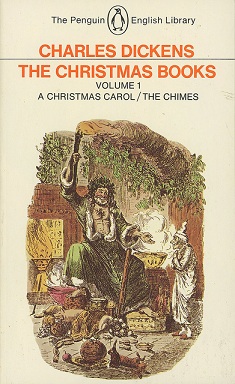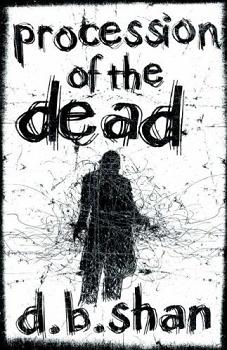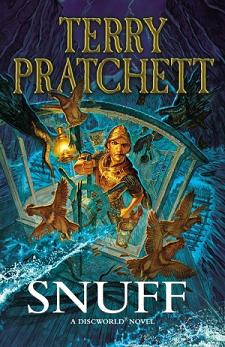
The King’s Peace
Jo Walton
416 pages
published in 2000
When I put together the list of science fiction and fantasy books I’d planned to read for my Year of Reading Women project last year, I’d knew I’d want something familiar and enjoyable to close out the year, as a reward. Looking over my bookshelves the choice was easily made: I hadn’t read The King’s Peace since it had first come out in 2000 so it was high time I reread it. Back then I had come to it cold, without any preconceptions other than Jo Walton’s reputation as one of the best posters on the rec.arts.sf newsgroups. Rereading it now, having read more of her novels and also knowing somewhat more about the setting she used or at least the historical inspirations for it, have changed The King’s Peace for me, in a positive sense.
To start with the setting, you could call The King’s Peace an Arthurian romance set in a fantasy Britain, but that’s not quite right. I prefer to call it a histoire à clef, where Walton has taken post-Roman Britain at the time of the Saxon invasions and changed it. So the Roman Empire here is called the Vincan Empire, the Saxony raiders are Jarns, Britain is called Tir Tanagiri and instead of a King Arthur there’s king Urdo whose Lancelot, Sulien ap Gwien is the first person narrator of the story. When I first got to grips with the story more than a decade ago this all seemed needlessly complicated and I wondered why she hadn’t just written a straight Arthurian story. But I think it makes sense.



